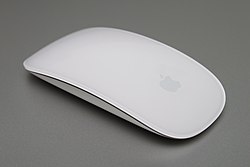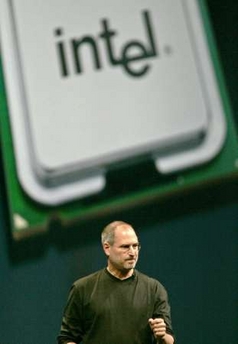Hardware
Mac
| This article is part of a series on the |
| iPhone |
|---|
Mac, a family of personal computers made by Apple:
- MacBook – notebook lineup
- MacBook Air – ultrabook
- MacBook Pro – pro notebook
- iMac – all-in-one consumer desktop
- Mac Mini – small form factor desktop
- Mac Studio – small form factor desktop workstation
- Mac Pro – customizable desktop workstation
iPhone
Apple's smartphone:
- iPhone 16e – Apple's cheapest iPhone
- iPhone 16 – last year's iPhone
- iPhone 17 – this year's iPhone
- iPhone Air – a lightweight iPhone
- iPhone 17 Pro and Pro Max – this year's high-end iPhone
iPad
| This article is part of a series on the |
| iPad |
|---|
| List of iPad models |
Apple's tablet lineup:
Apple Watch
Apple's smartwatch lineup:
- Apple Watch – base model
- Apple Watch Nike – sports smartwatch
- Apple Watch Hermès – fashion smartwatch
- Apple Watch Edition - made with rare and expensive materials e.g. gold
- Apple Watch Ultra – high-end model with longer battery

Accessories
- AirPods – wireless audio accessory lineup
- AirPods – entry-level earbuds
- AirPods Pro – noise-cancelling earbuds
- AirPods Max – over-ear headphones
- Apple TV – digital media player
- Apple Pencil – digital stylus and input device for iPads
- HomePod Mini – home speaker with Siri built-in
- Siri Remote – Apple TV remote
- Computer displays
- Studio Display – consumer display
- Pro Display XDR – pro display
- Computer peripherals
- Magic Keyboard – Apple's keyboard with optional fingerprint sensor for Macintosh computers
- Magic Keyboard for iPad – Magic Keyboard version for the iPad Pro and iPad Air
- Magic Mouse – Apple's multi-touch mouse
- Magic Trackpad – multi-touch external trackpad
- Magic Keyboard – Apple's keyboard with optional fingerprint sensor for Macintosh computers
